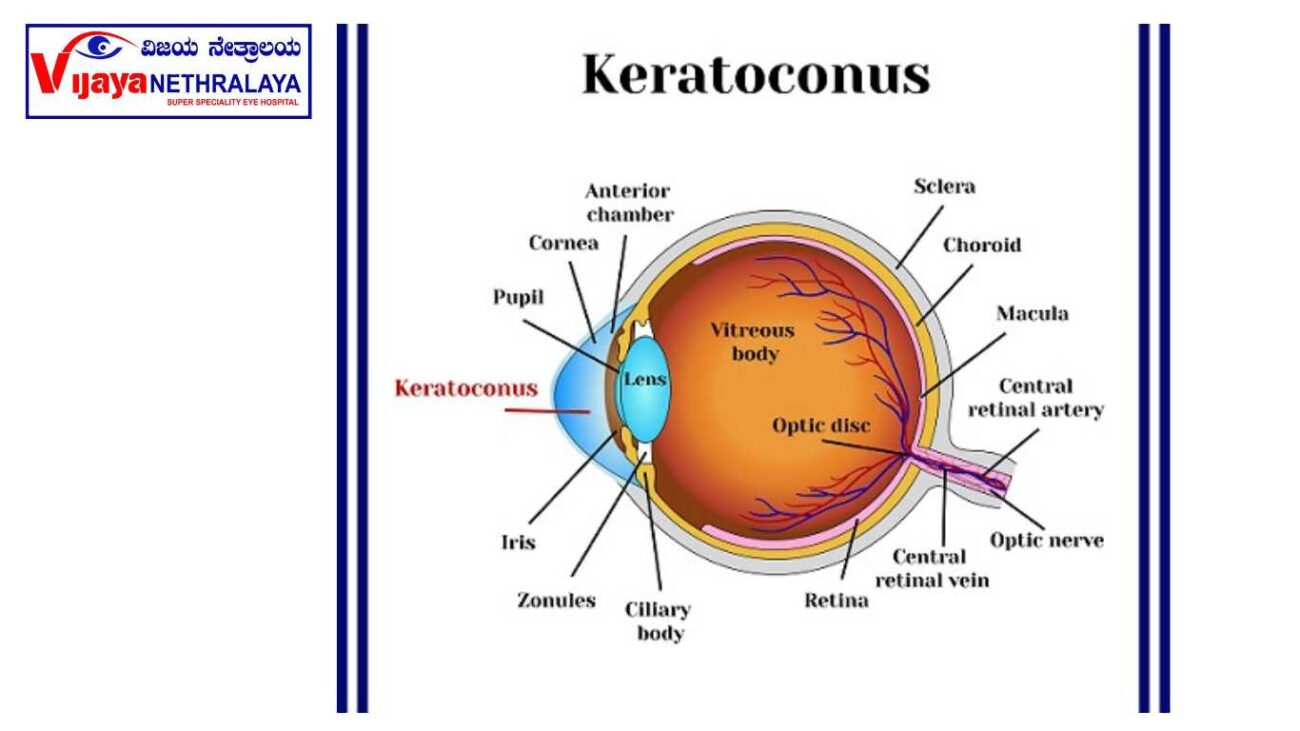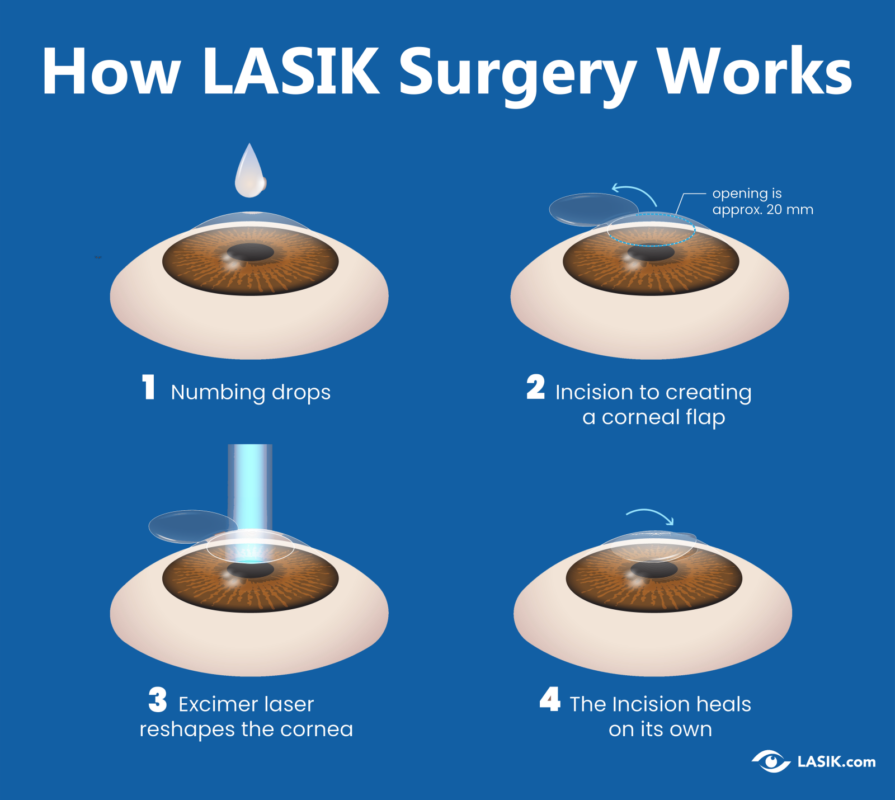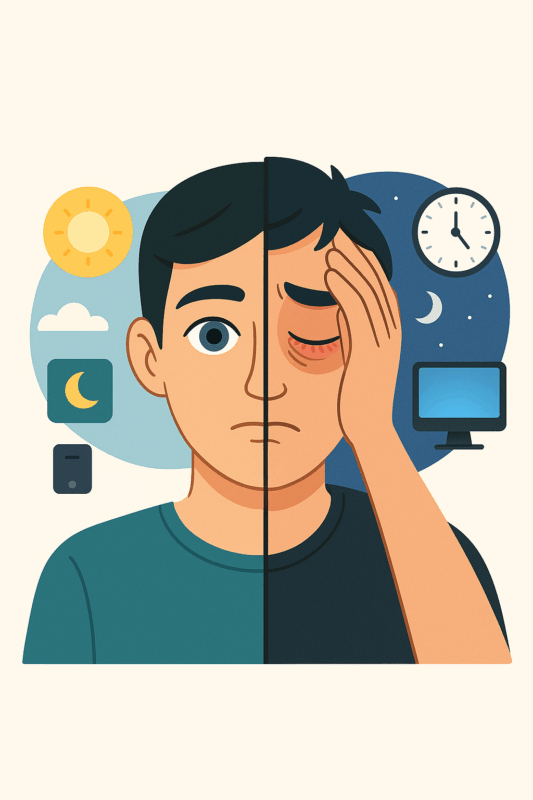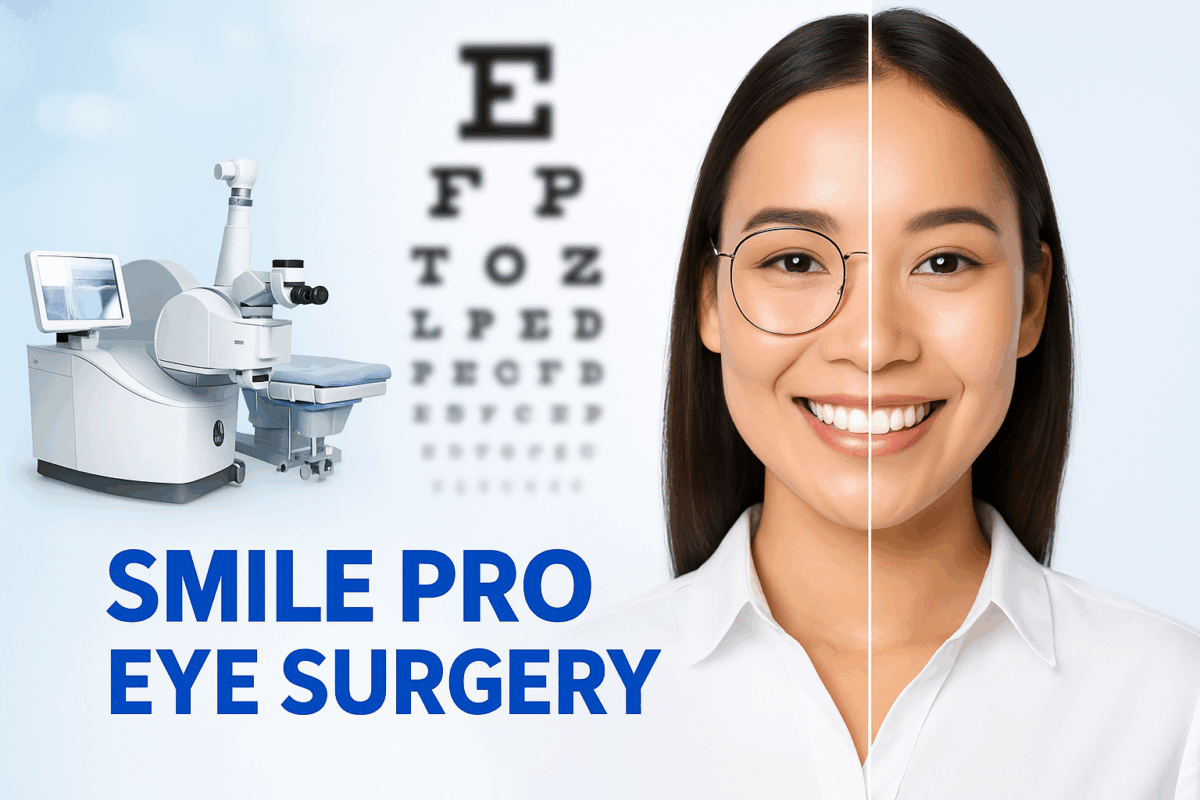Introduction:
When it comes to maintaining our overall health, eye care often takes center stage. While many people are familiar with common eye conditions, such as myopia (nearsightedness) or astigmatism, there are lesser-known conditions that deserve attention as well. One such condition is keratoconus, which affects the shape of the cornea and can lead to distorted vision. In this article, we will delve into the various signs of keratoconus, from its early subtle indicators to more pronounced symptoms that warrant medical attention. Understanding these signs can help individuals seek timely treatment and maintain their visual well-being.
Signs of Keratoconus:
Keratoconus is characterized by the progressive thinning and bulging of the cornea, which results in irregular astigmatism and blurred vision. This condition typically develops during the teenage years or early adulthood. Below, we’ll explore the signs of keratoconus that individuals should be aware of:

Subtle Vision Changes:
One of the initial signs of keratoconus is experiencing subtle changes in vision. Individuals may notice a slight blurring or distortion, particularly when looking at objects from a distance. This can often be mistaken for normal changes in vision, but if these alterations persist or worsen, it could be indicative of keratoconus.
Increased Sensitivity to Light:
Another common sign is heightened sensitivity to light, known as photophobia. Individuals with keratoconus may find that bright lights, such as sunlight or indoor lighting, cause discomfort and irritation. This sensitivity can contribute to eye strain and overall visual discomfort.
Frequent Changes in Eyeglass Prescription:
If you find yourself needing frequent adjustments to your eyeglass prescription, it could be a potential sign of keratoconus. As the cornea’s shape becomes more irregular, traditional eyeglasses may not provide the same level of clarity they once did. This necessitates updated prescriptions to accommodate the changing corneal structure.
Distorted or Ghosted Vision:
As keratoconus progresses, individuals may experience distorted or ghosted vision, where images appear duplicated or overlapped. This phenomenon occurs due to the cornea’s irregular shape, which causes light to scatter unevenly as it enters the eye.
Increased Eye Rubbing:
Persistent eye rubbing can exacerbate the symptoms of keratoconus. While rubbing the eyes may provide temporary relief, it can contribute to corneal thinning and worsen the condition. If you find yourself frequently rubbing your eyes, it’s essential to break this habit and consult an eye care professional.
Halos and Glare:
Keratoconus can lead to the perception of halos or glare around lights, especially in low-light conditions. This can significantly impact nighttime driving and other activities that rely on clear vision. If you notice halos or glare that impede your daily life, it’s time to consider a comprehensive eye examination.
Frequently Changing Contact Lens Fit:
For individuals who wear contact lenses, keratoconus often presents as difficulties with achieving a comfortable and consistent lens fit. The changing corneal shape can cause lenses to move and shift, leading to discomfort, dryness, and reduced visual acuity.
Eye Irritation and Redness:
Persistent eye irritation and redness may be early signs of keratoconus. The irregular shape of the cornea can lead to inadequate tear distribution, resulting in dry and irritated eyes. If over-the-counter lubricating drops provide little relief, seeking professional evaluation is crucial.
Difficulty with Night Vision:
Struggling with night vision is a hallmark sign of keratoconus. Due to the condition’s impact on light refraction, individuals may experience significant difficulties seeing clearly in low-light settings. This can affect activities such as driving at night or navigating dimly lit environments.
Sudden onset blurred vision:
Acute corneal hydrops results from a break in Descemet membrane, leading to an entry of aqueous fluid into the stromal part of cornea causing corneal edema.
Author Details:

Dr. Sushruth Appajigowda is a well-known Cornea, Cataract, and LASIK Surgeon in Bangalore, and the chief Cataract and Refractive surgeon at Vijaya Nethralaya Eye Hospital, Nagarbhavi Bangalore. Known as one of the best LASIK surgeons in the country, he has over 12+ years of experience with multiple platforms of LASIK like ZEISS, ALCON, SCHWIND, AMO, and Bausch and Lomb. He has conducted over 5000 LASIK. Dr Sushruth is a Certified Refractive Surgeon and Fellow of All India Collegium Of Ophthalmology. He is recognised speaker in various National and International Forums. His expertise lies in choosing the right type of procedure for you based on your health requirement. You can schedule an appointment by scanning the QR Below or clicking the link below the QR and say bye to glasses forever!
Frequently Asked Questions (FAQs):
Q1: Can keratoconus lead to blindness?
A1: While keratoconus can severely affect vision, leading to legal blindness in some cases, prompt management and treatment can help prevent such outcomes.
Q2: What causes keratoconus?
A2: The exact cause is still under investigation, but genetic and environmental factors are believed to play a role.
Q3: How is keratoconus diagnosed?
A3: Diagnosis involves a thorough eye examination, including corneal mapping and topography, to assess the corneal shape and thickness.
Q4: What are the treatment options for keratoconus?
A4: Treatment options range from specialized contact lenses and corneal cross-linking to more advanced interventions like corneal transplantation.
Q5: Is keratoconus a common condition?
A5: While considered rare, keratoconus affects individuals worldwide, with varying degrees of severity.
Q6: Can keratoconus stabilize on its own?
A6: In some cases, keratoconus progression may stabilize without intervention, but monitoring by an eye care professional is essential.
Conclusion:
Recognizing the signs of keratoconus is crucial for maintaining good eye health. From subtle changes in vision to more pronounced symptoms like ghosted vision and increased light sensitivity, these indicators should not be ignored. If you or someone you know experiences any of these signs, seeking timely consultation with an eye care professional can make a significant difference in preserving clear vision. By staying informed and proactive, you can take control of your eye health and ensure a bright and clear future.











